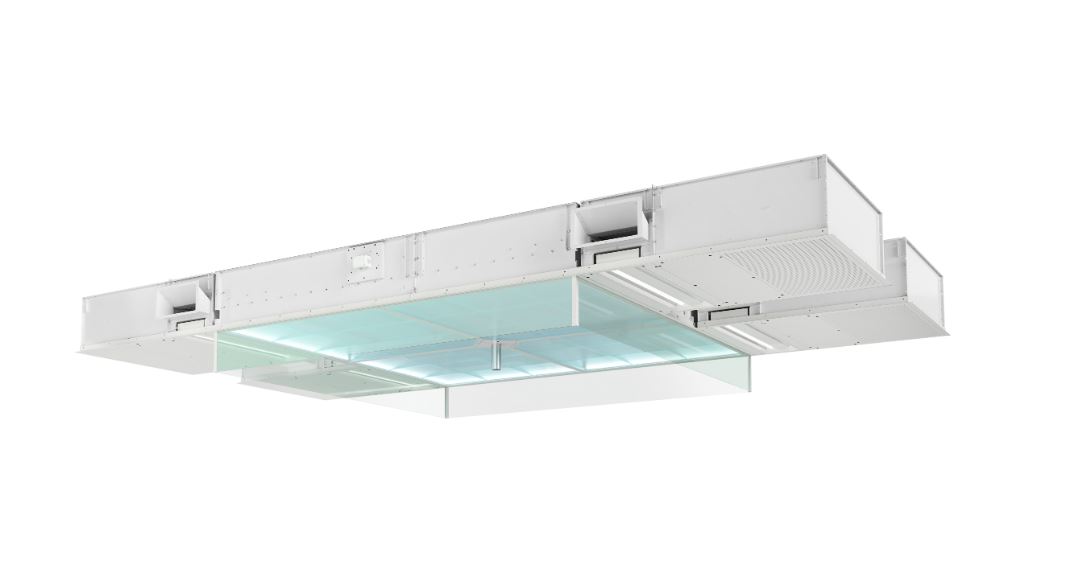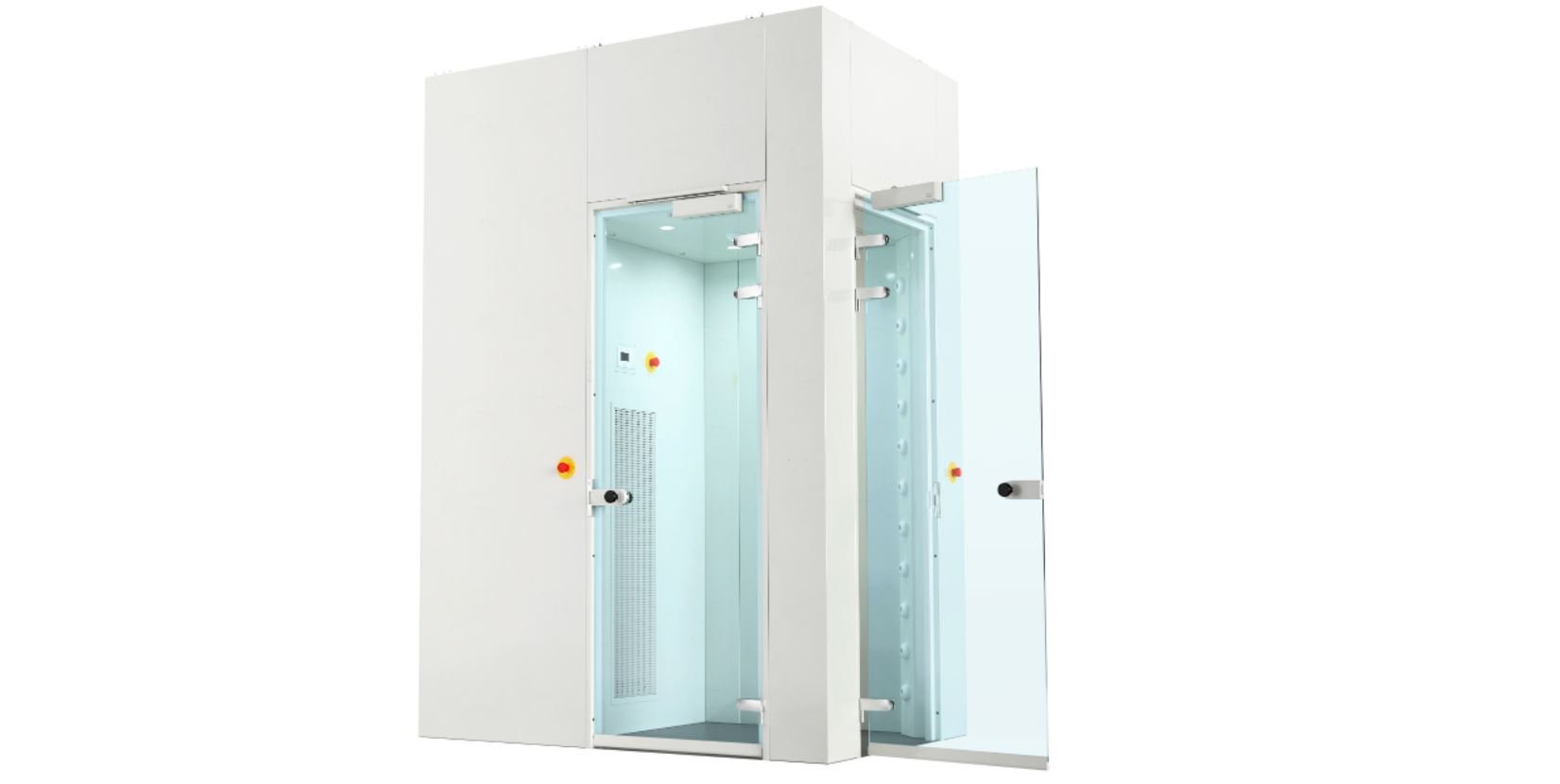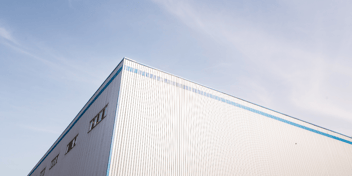
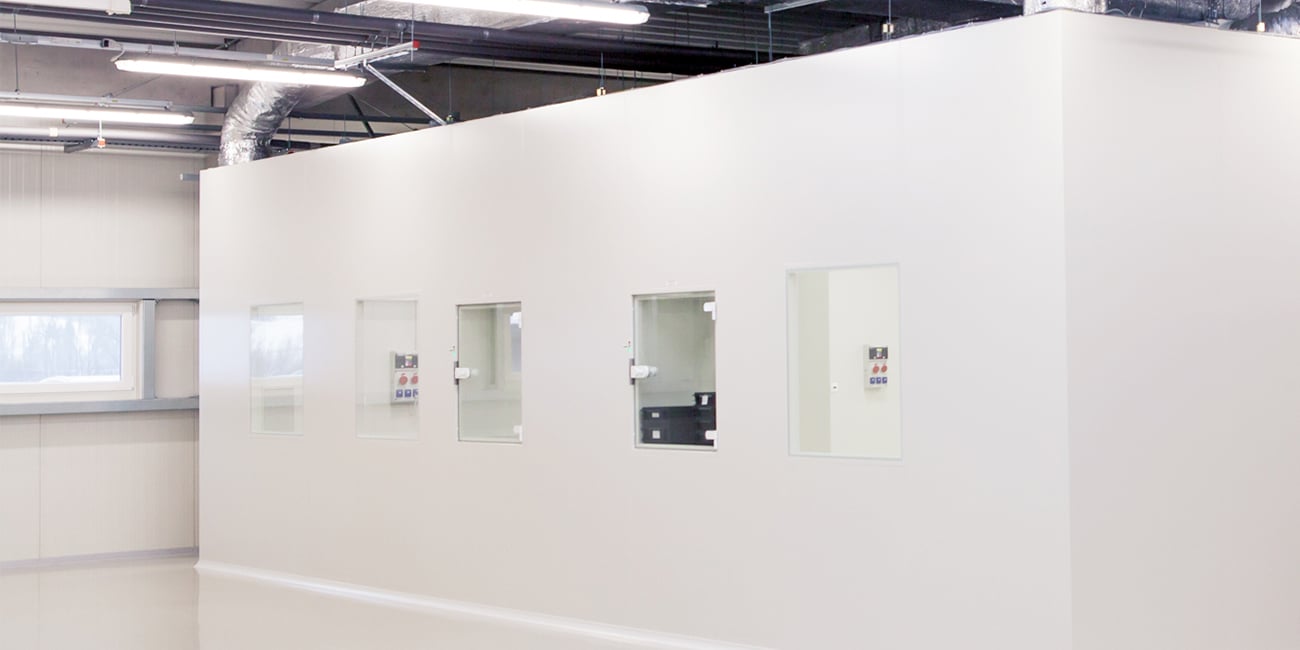
Clean rooms – a short introduction to the solutions you need!
- FläktGroup
- Blog Home
- Clean rooms – a short...
A clean room is a secure indoor space with controlled environmental parameters, with the emphasis on the removal of impurities such as dust, microorganisms or chemical pollution. Such rooms are built for use in many industries, including medicine and pharma, but also for the manufacture of electronic components, laboratories and the cosmetic industry.
By law a clean room must be free of certain impurities, therefore suitable materials are used inside, and the necessary installations (electrical, sanitary, HVAC) are subject to specific requirements.
What is the need for clean rooms?
The need to use clean rooms in a building arises from the regulations in force. It is necessary to achieve a high level of hygiene for certain processes and tasks. The rules cover not only the compulsory use of clean rooms but also the clean room classification and other standards to be met.
An important regulation standard that should be adhered to by a clean room is the EN ISO 14644 standard, many of the most important requirements to be met by clean rooms can be found directly in this regulation.
To be able to use a clean room construction in accordance with construction law and the GMP (Good Manufacturing Practices), GLP (Good Laboratory Practices), or HACCP (Hazard Analysis and Critical Control Points) regulations, it must meet many formal conditions.
What elements are present in every clean room?
The term "clean room" covers a range of interiors that vary in size, purpose, and environmental conditions. However, a clean room always consists of two basic elements:
- a space that is separated by building elements so that it is isolated from the external environment.
- a ventilation system while maintaining the conditions specific to clean rooms.
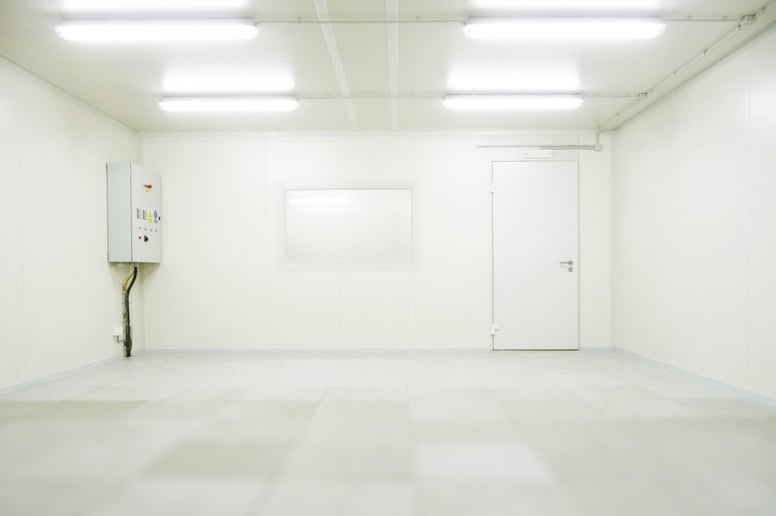
Building elements in clean room applications
Comprehensive building element solutions for clean rooms include:
- doors - compatible with the wall system, resistant to increased pressure, self-closing, or compatible with access control systems
- windows - ensuring tightness of connections, easy to keep clean, cannot be opened
- wall panels - usually in the form of panels for dry lining on typical building partitions. Panels are characterised by specific properties such as tightness of joints, high resistance to increased pressure, high hygienic values
- ceilings - guaranteeing the tightness of construction, but also the possibility of installing diffusers, laminar ceilings (laminar flow), fan filter units, and lighting fixtures.
Ventilation systems for clean rooms
Clean room construction needs the right building elements as well as the right ventilation system. Under normal conditions, ventilation is responsible for removing contaminants and excess moisture from the building and supplying clean air to the interior. In clean rooms, the ventilation system also assists in air purification and maintains an overpressure that makes it difficult for contaminants to be introduced when the door is opened.
What does a clean room ventilation system consist of?
A typical clean room ventilation system includes:
- cooling units - these cooperate with the air handling unit and are used when air cooling is necessary
- air handling units - easy cleaning of the components and smooth internal surfaces guarantee the highest hygienic standards
- diffusers with absolute filter - adapted to the clean room ceiling system. The most common diffusers are those with HEPA filter, but they may also be integrated with other types of filters - EPA and UPA
- fan filter units - these units use air circulating around the clean room to provide laminar airflow. They are adapted to the ceiling system used in clean rooms
- laminar ceilings - allow laminar air flow - ideal for specialised workstations, such as fertilization stations, operating tables for highly specialized production, or worktops in laboratories.
Complex ventilation system for clean rooms
It is important to note that not all mentioned equipment applies to every clean room and that the list above does not exhaust all the solutions used in clean rooms. It is worth mentioning solutions such as transfer boxes as infeed windows or boxes for trolley transport.
Air Showers are a separate category. These are special cubicles that are utilised to remove the dirt accumulated on the clothing and body of personnel or the surface of materials brought into or out of the clean room. Their operation is based on forced airflow, and therefore closely related to the ventilation system.
When discussing the clean room ventilation system, it is impossible not to mention ventilation system components such as ventilation ducts and duct equipment. Automation, whose task is to maintain the set environmental conditions inside the room, is also significant.
Read more on our website: Clean Room Ventilation Solutions
CLEAN ROOM PRODUCTS FROM FLÄKTGROUP
You may also be interested in


Guide: Clean Rooms & Clean room ventilation – why and when you need it




